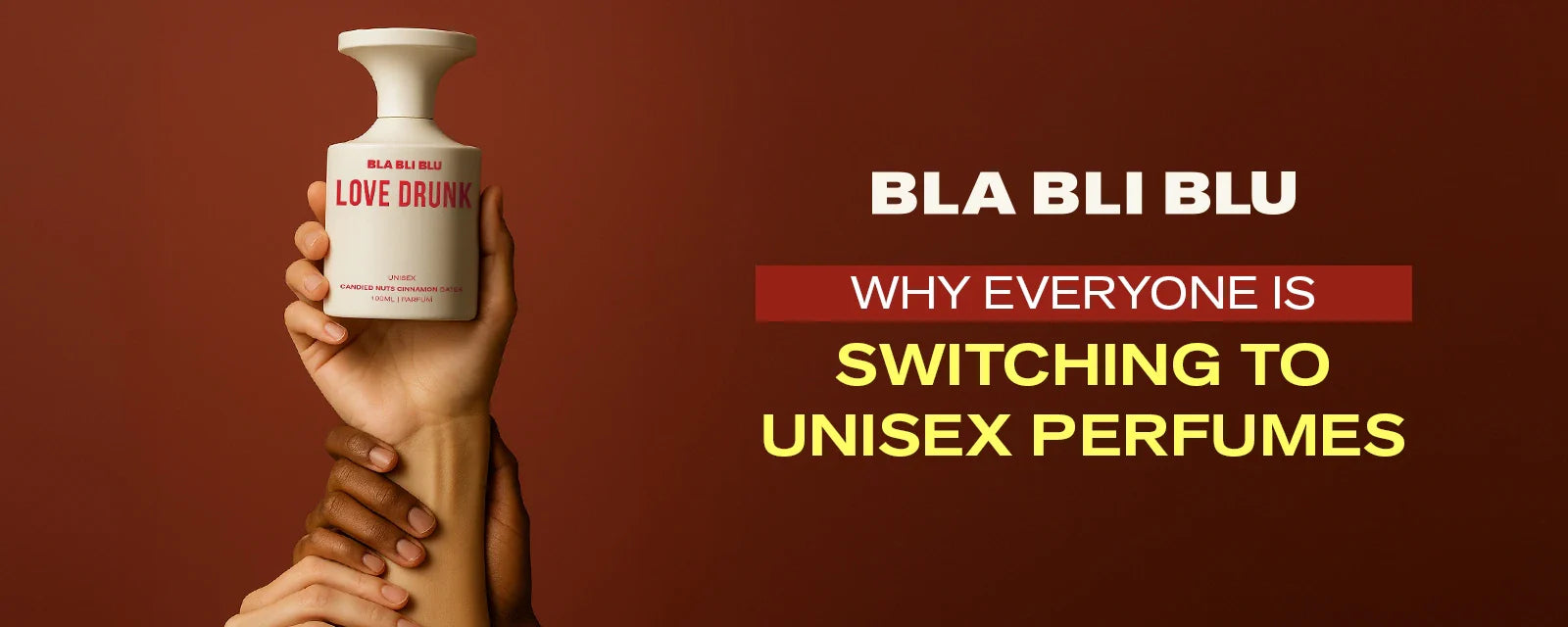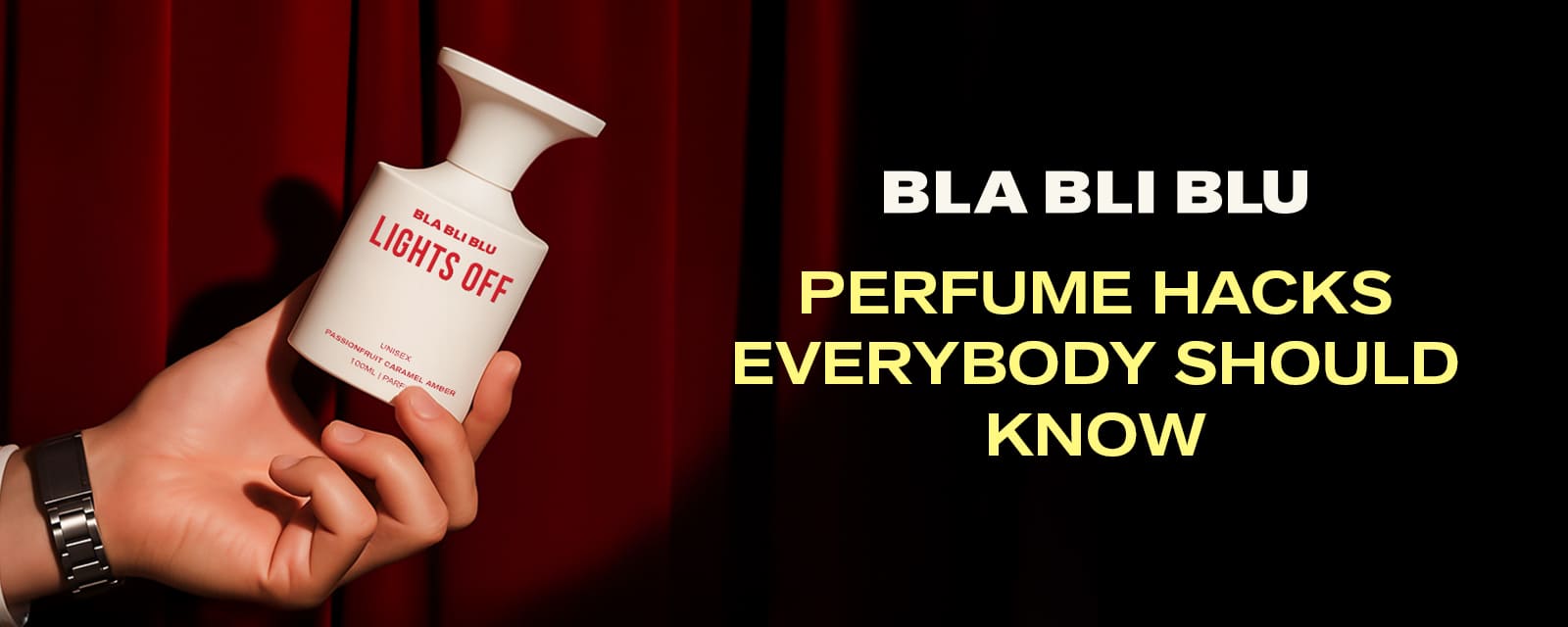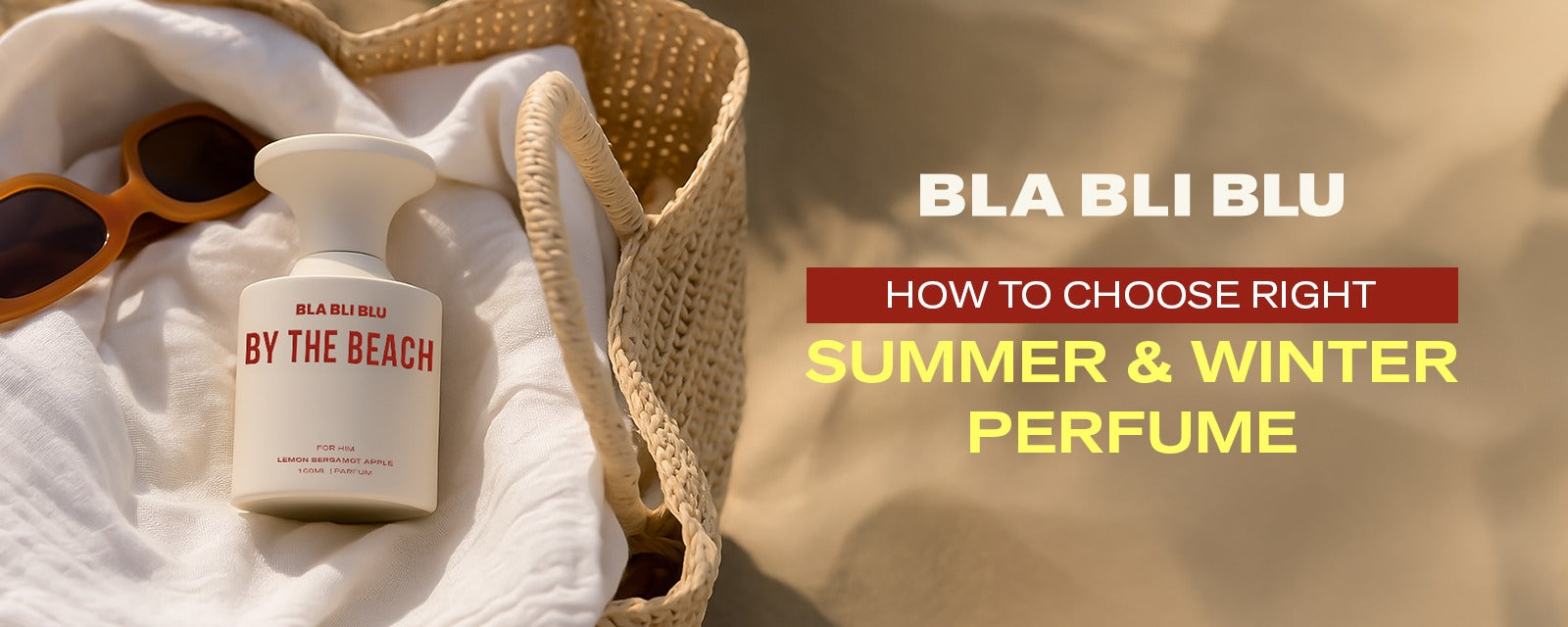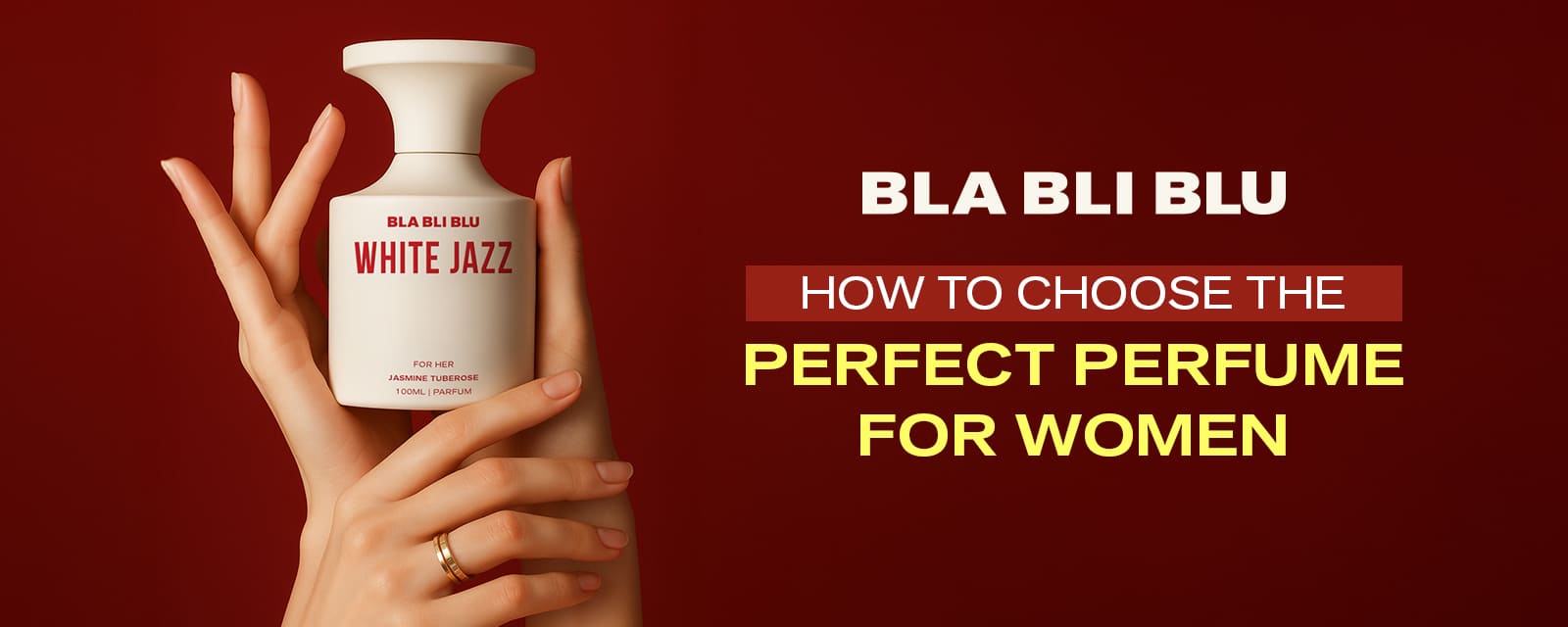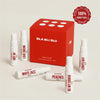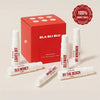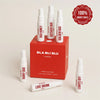What Is Oud and Why Is It Unique?
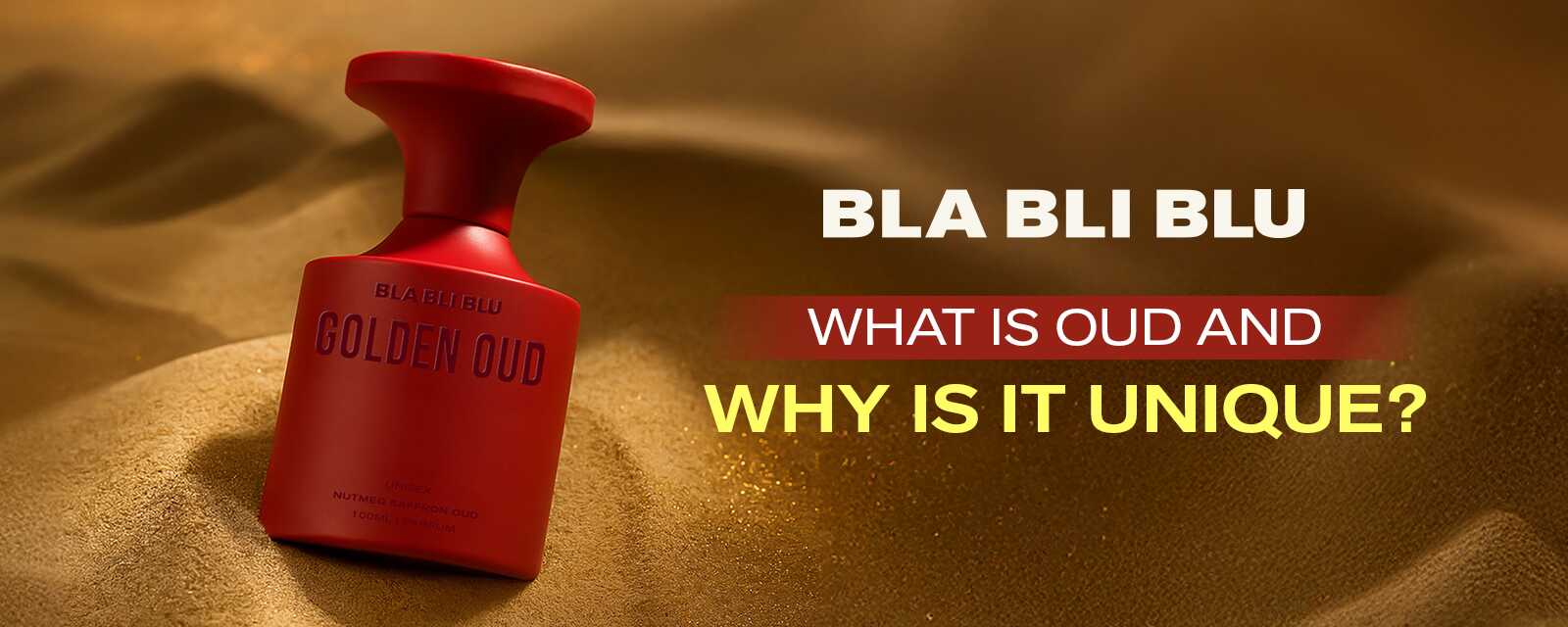
In the world of fragrance, oud, sometimes known as "liquid gold," is among the most valuable natural raw ingredients available. Oud has been prized for millennia, particularly in the Middle East and Southeast Asia, for its rich, deep, and sophisticated scent. This blog will take you through the origins, background, manufacturing, cultural relevance, and applications of this beloved fragrance.
The Beginning of Oud
To understand the meaning of oud we have to look at its history first. Originally found mostly in Southeast Asia, including India, Bangladesh, Thailand, Malaysia, and Indonesia, oud comes from the resinous heartwood of the Aquilaria tree. The tree makes a dark, fragrant resin as a defense mechanism when it contracts a particular kind of mold (Phialophora parasitica). Most people know this resinous wood as oud, or agarwood.
The wood stays pale and odorless without the infection; hence, oud is a rare and valuable occurrence in natural creation. Overharvesting has endangered some Aquilaria trees in particular areas.
Explore our collection of luxurious oud perfumes and find your signature scent
Oud's Evolution
According to historical accounts, oud's medicinal, fragrant, and spiritual qualities were sought for throughout India, China, and the Middle East.
Oud has a thousand-year-long and rich legacy. It has been used in:
Religious Practices: Buddhist, Islamic, and Hindu rites use oud burning to create a spiritual and peaceful atmosphere.
Classical Medicine: Oud has been used in Ayurveda and Chinese medicine for therapeutic qualities, including mental and physical illnesses.
Perfumery: Oud has been used in fragrances throughout ancient Arabian and Indian societies, where it represented luxury and rank.
Also read: How to apply Perfume
Oud's Extraction and Manufacturing
Extracting oud takes time and effort, which adds to its appeal. Usually, it's harvested like this:
- The selecting technique is important since only infected Aquilaria plants yield oud.
- The diseased wood is carefully chopped and gathered.
- Then it is seasoned for years to improve its fragrant complexity.
- Steam distillation extracts oud oil, creating a long-lasting and strongly scented product.
- The extracted oud oil can be combined with other components or used straight to produce fragrances.
Some companies utilize synthetic or farmed oud to satisfy demand, as naturally occurring oud is rare and in some places preserved as well.
What Does Oud Smell Like
Depending on its source, quality, and extraction technique, oud smells rich, warm, and variedly complex. Common fragrance notes include:
- Woody, very resinous, somewhat smokey.
- Animalic, a musky, leathery undertone.
- Suggestions of vanilla, saffron, and cinnamon are sweet and spicy.
- A somewhat moist, mossy quality is also called earthy.
Oud is favored among niche perfume companies because its intricacy gives fragrance compositions depth and longevity.
Cultural Significance of Oud
Middle Eastern Heritage
Oud is deeply ingrained in Middle Eastern customs. It is used in daily life, important events, and religious ceremonies, as well as in homes and mosques, to burn oud incense to produce a friendly and peaceful environment.
Indian and Chinese Customs
Oud has historical importance in traditional healing and spirituality both in India and China. It has been included in meditation techniques to induce mental clarity and calm.
Western Culture
Over the last few years, oud has become somewhat well-known in the Western world. Oud is currently a mainstay in luxury fragrances since many large companies include it in their scents.
Various Sources of Oud Perfume
Each of the several grades and forms of oud has special qualities:
- The Cambodian Oud is sweet, fruity, and somewhat woodsy.
- Assam Oud, Indian Oud is strong, smokey and powerful.
- Thai Oud has notes in harmony between sweet and spicy.
- Burmese oud smells really warm and earthy and musky.
- Laotian Oud is rich, somewhat sour, and woodsy.
The age of the tree, the distillation technique, and the time oud has been aged all influence its quality.
The Oud Perfume Market Value and Rare Nature
Natural oud is among the most costly raw resources in the world because of its rarity and the painstaking extraction technique. A few grams of pure oud oil cost hundreds of dollars. Because of the great demand, synthetic oud and sustainably grown oud have evolved as more reasonably priced substitutes that help to preserve wild Aquilaria trees.
Oud Perfume User Guide
One can wear oud in several ways:
- Typical Arabian oud oils (attar) are placed straight onto the skin as a pure oil.
- Modern oud-based scents are sprayed for a continuous impact.
- Oud chips burn to produce their strong and seductive scent.
Advice on Wearing Oud Perfume
- Less is more since oud is strong and a little goes a long way.
- Apply to pulse points to assist in progressively spreading the smell.
- If you find oud too powerful, mix it with softer, flowery, or citrusy scents.
- Oud is best worn in the evening, for special events, or during colder seasons.
The Future Prospect of Oud
Given the growing market for oud, environmental issues have taken center stage. There are many initiatives under way to safeguard wild Aquilaria trees. While safeguarding this valuable resource for the next generations, synthetic oud alternatives and sustainable plantations help satisfy world demand.
Final Thought
Oud is a mark of custom, wealth, and ethnic diversity rather than only a scent. It is one of the most sought-after smells in the world, with its strong, sensual appeal having drawn in people for millennia.
If you're new to oud, learning about its several variants and blends might be a fascinating trip. Whether your taste is for a classic attar, a contemporary scent, or oud-infused incense, the oud experience is really remarkable.
Frequently Asked Questions
Q1. Does oud smell different to everyone?
Ans. Yes, oud interacts with bodily chemistry. Its aroma could change based on pH levels, skin type, and even temperature.
Q2. Is oud fit for those with sensitive noses?
Ans. Oud's strong and sophisticated perfume is well-known; however, for people sensitive to strong smells, it could be overpowering. Still, a pleasing choice is softer oud blends or perfumes combined with floral or citrus notes.
Q3. How can one find out whether an oud product is authentic?
Ans. Real oud oil smells deep, rich, and dynamic. A product may contain fake oud or low-quality components if it smells strongly synthetic, pungent, or one-dimensional.
Q4. Why does oud smell differently depending on where you live?
Ans: The species of the Aquilaria tree, the place it grows, the aging process, and the distillation technique used all affect the aroma of oud. For instance, Cambodian oud is sweeter and more subdued but Indian oud often is smokier and more intense.
